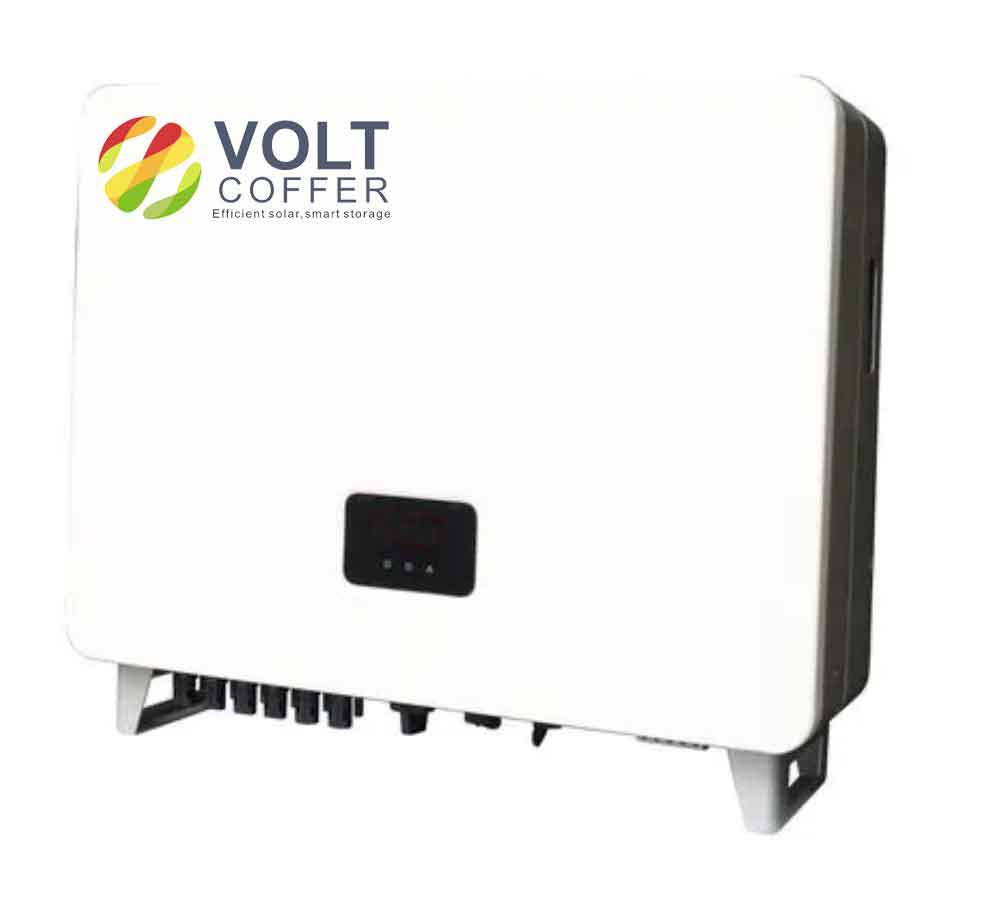Islanding inverter play a pivotal role in the management of Distributed Energy Resources (DERs), such as solar panels, wind turbines, and battery storage systems. Islanding inverters not only facilitate the efficient use of locally generated electricity but also significantly enhance the stability, reliability, and flexibility of the electricity grid. Here’s an overview of the impact of islanding inverter on DER management:

1. Enabling Grid Independence and Resilience
Grid Independence:
- Islanding inverter allow DERs to operate independently from the main power grid. In the event of a grid outage, islanding inverters can automatically isolate the DERs to create a local grid or “island” that continues to supply power, ensuring uninterrupted energy service.
Resilience:
- By providing local power in the absence of grid electricity, islanding inverter enhance the resilience of energy systems against grid failures, natural disasters, and other disruptions. This is particularly crucial for critical infrastructure and services that rely on continuous power availability.
2. Integration and Optimization of Renewable Energy
Seamless Integration:
- Islanding inverter help integrate renewable energy sources into the grid more effectively. They manage the variability of power generation from sources like solar and wind, smoothing out fluctuations and maintaining consistent power quality.
Energy Optimization:
- With advanced monitoring and control capabilities, islanding inverter can optimize the use of available renewable energy by directing excess generation into storage systems or by modulating the power output according to demand and grid conditions.
3. Enhanced Grid Services and Stability
Voltage and Frequency Regulation:
- Islanding inverter contribute to grid stability by providing essential grid services, including voltage and frequency regulation. They can adjust the power output to help stabilize the grid when there are changes in load or generation elsewhere in the system.
Reactive Power Support:
- These inverter can also supply reactive power, which is crucial for maintaining the voltage levels within the grid. This support is essential for efficient power transmission and for preventing voltage-related issues in the grid.
4. Facilitating Smart Grid and Microgrid Development
Smart Grid Compatibility:
- Islanding inverter is integral to the development of smart grids. They can communicate with other grid components, respond to grid demands, and participate in advanced energy management strategies, such as demand response and peak shaving.
Microgrid Capabilities:
- In microgrid configurations, islanding inverter is key to managing multiple energy sources and loads within a localized network. They allow microgrids to operate in both connected and islanded modes, seamlessly transitioning between the two as necessary.
5. Economic Benefits and Market Participation
Reduced Energy Costs:
- By maximizing the use of locally generated renewable energy, islanding inverter reduce reliance on grid-supplied power, which can lower energy costs for consumers and businesses.
Market Participation:
- Advanced islanding inverter enable DER owners to participate in energy markets, offering services such as frequency response, capacity, and ancillary services. This not only provides economic benefits but also encourages further investment in DER technologies.
Conclusion
Islanding inverter is critical in transforming how energy is produced, managed, and consumed. They enhance the capabilities of distributed energy resources by ensuring reliability, optimizing renewable energy use, and supporting grid stability and flexibility. As the adoption of renewable energy sources continues to grow, the role of islanding inverter in managing these resources becomes increasingly significant, marking a key development in the evolution of smart and resilient energy systems.
